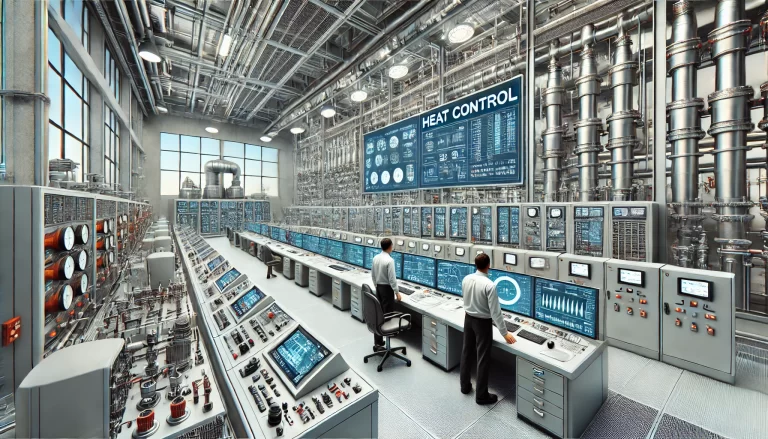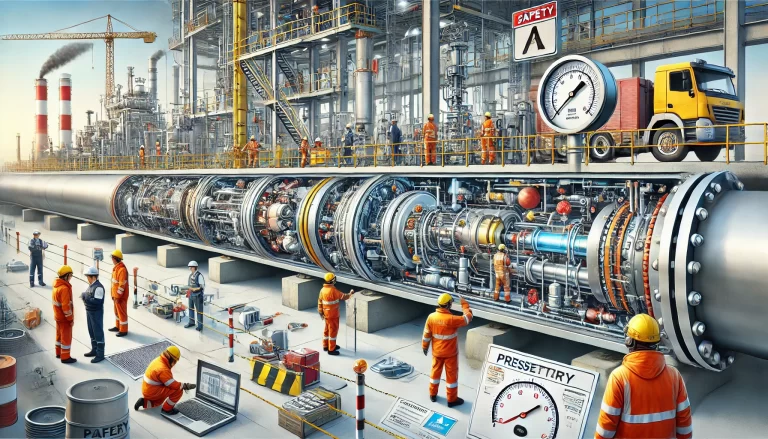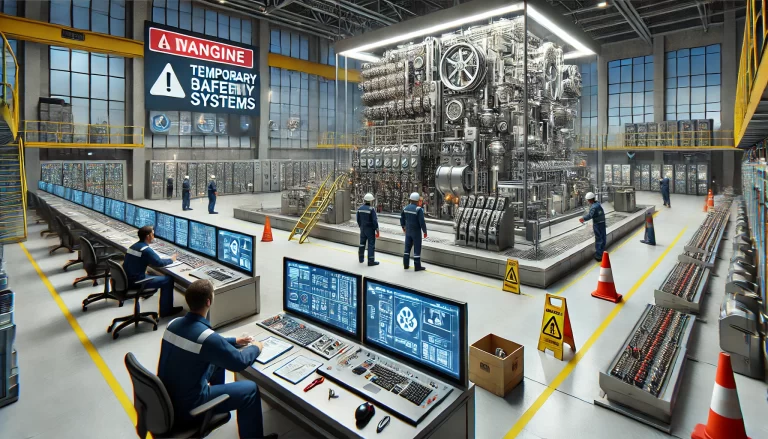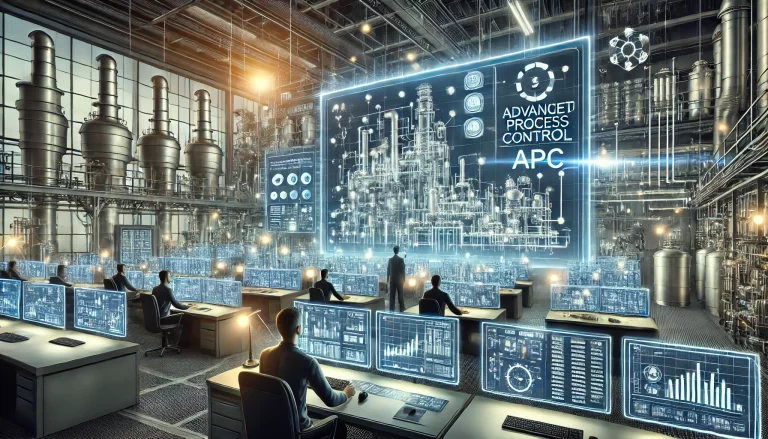A reasonable allocation of instrument maintenance personnel is crucial for ensuring stable operations, reducing downtime, and maintaining process safety. However, the ideal personnel-to-instrument ratio varies significantly depending on several key factors. This article provides a detailed analysis of these influencing elements and offers reference ranges for different industrial scenarios.

Key Factors Affecting Maintenance Personnel Allocation
1. Scale and Complexity of the Facility
Large-scale chemical plants, oil refineries, or complex process systems often contain thousands of instruments with varying types, operating principles, and communication protocols. These environments typically require 1 maintenance technician per 100–150 instruments.
In contrast, small-scale factories or workshops with fewer instruments and simpler process flows may only require 1 technician per 200–300 instruments.
2. Production Continuity Requirements
Industries such as pharmaceuticals and food processing demand high production continuity, where even minor instrument failures can result in significant losses or safety risks.
To minimize such disruptions, a higher maintenance staff ratio is often adopted, commonly 1 technician per 80–120 instruments.
3. Level of Instrumentation Technology
If a facility utilizes advanced smart instruments, they may require specialized knowledge for diagnostics, configuration, and calibration, despite potentially having fewer devices overall.
This may necessitate a slightly higher personnel allocation than conventional systems.
4. Maintenance Strategy
A preventive maintenance approach (e.g., scheduled inspections, regular calibration) generally demands more personnel, commonly 1 technician per 100–150 instruments.
Facilities relying on corrective or breakdown maintenance may operate with a leaner team, around 1 technician per 150–200 instruments.

Recommended Personnel-to-Instrument Ratios
The following table summarizes typical staff allocation ranges in different industrial settings:
| Scenario | Recommended Ratio (Instruments per Technician) | Notes |
|---|---|---|
| Complex process plants (e.g., chemical, oil & gas) | 100–150 | High device count, complex systems |
| Small or less complex facilities | 200–300 | Fewer devices, lower complexity |
| High continuity industries (e.g., pharma, food) | 80–120 | Sensitive to downtime |
| Preventive maintenance strategies | 100–150 | Requires regular inspection |
| Corrective maintenance strategies | 150–200 | Maintenance on failure |
| High-reliability industries (e.g., aerospace, nuclear) | 50–100 | Mission-critical systems |

Who Maintains What? Clarifying Responsibilities for Specialized Equipment
In many enterprises, equipment categories such as surveillance systems, fire detection, gas alarms, and analytical instruments may fall into different maintenance scopes. There’s no one-size-fits-all rule—responsibilities often depend on the organizational structure, staff skill sets, and process requirements.
🔹 Surveillance Systems
Typically maintained by security or IT/low-voltage engineers, especially when focused on video recording and access control.
However, instruments embedded in the surveillance system (e.g., environmental monitors tracking temperature or humidity) may fall under instrument technicians.
🔹 Fire Alarm Systems
Usually managed by fire protection specialists who are trained in fire codes and system regulations.
Instrument technicians may assist when fire detection is integrated with process monitoring (e.g., combustible gas concentration sensors linked to production systems).
🔹 Gas Detection and Alarm Systems
If gas detection is part of the process control system—such as monitoring leaks of toxic or flammable gases—these instruments are generally maintained by instrument technicians.
In other organizations, dedicated safety personnel may handle gas alarm systems, particularly if they’re standalone and not integrated with process instrumentation.
🔹 Analytical Instruments
These devices—such as gas chromatographs, pH meters, TOC analyzers, etc.—are almost always within the domain of instrument technicians.
Due to their complexity, instrument staff are typically trained to perform routine calibrations, diagnostics, and troubleshooting to ensure measurement accuracy.

Final Thoughts
Establishing an appropriate instrument maintenance personnel ratio requires a tailored approach. Facilities should consider their operational complexity, safety requirements, instrument technologies, and maintenance philosophy. In addition, clear role definitions and cross-departmental collaboration are essential—especially for hybrid systems involving safety, process control, and environmental monitoring.
A scientifically determined staffing strategy not only improves system reliability and safety but also contributes to long-term cost efficiency and resource optimization.
